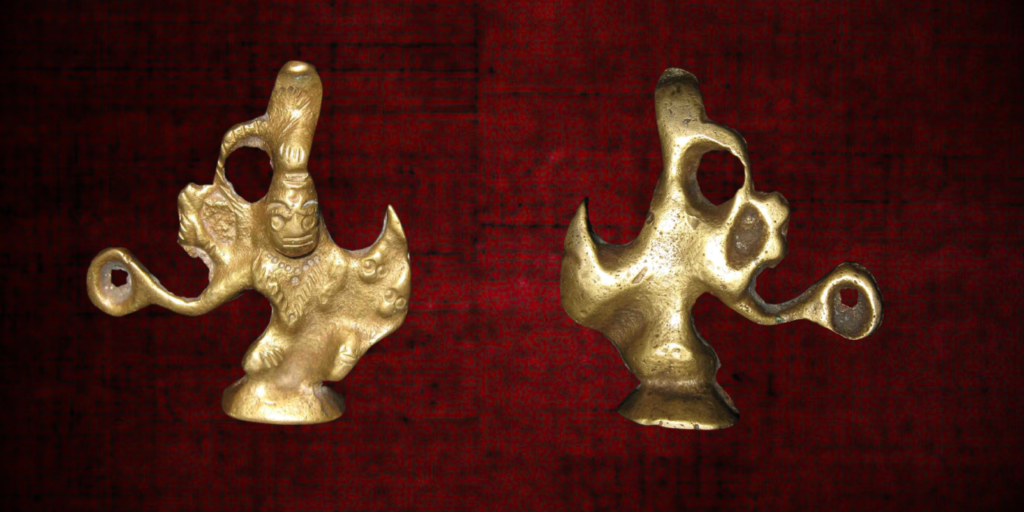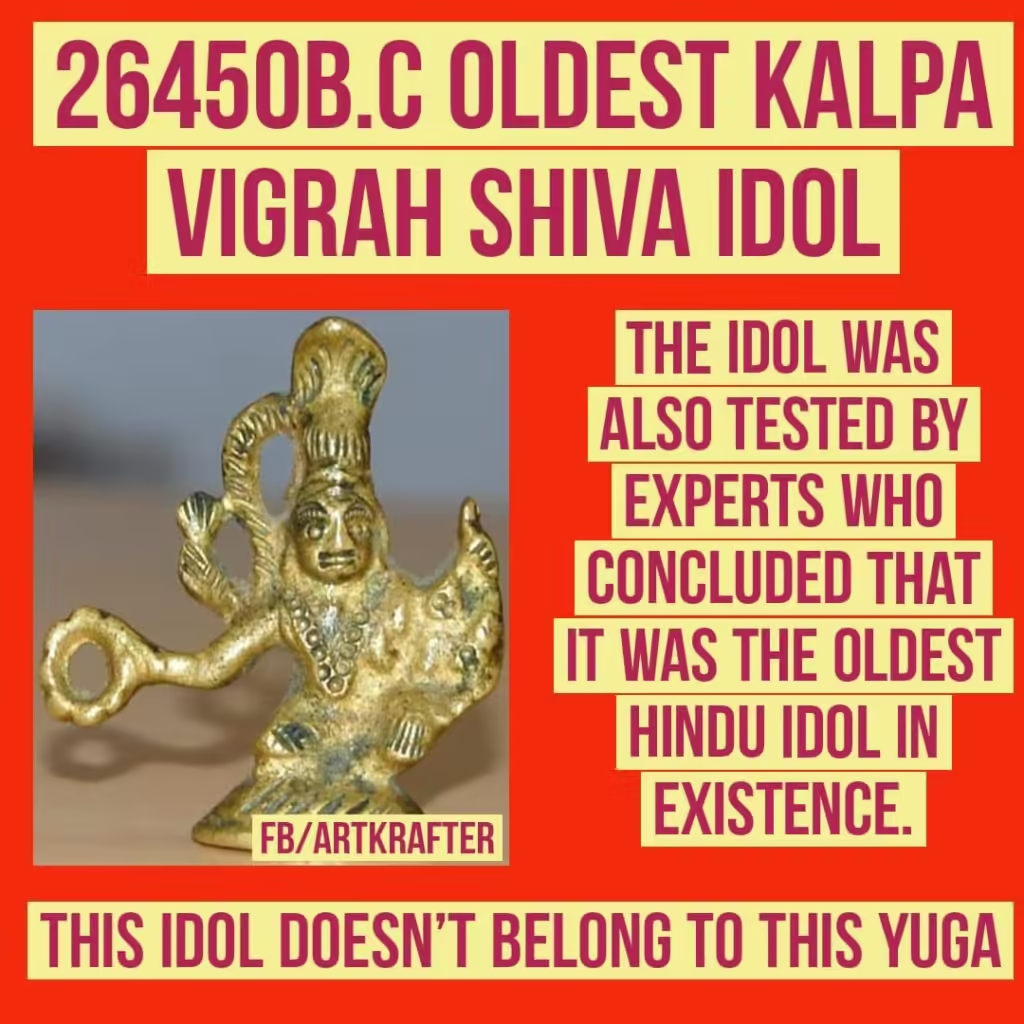Physical Address
304 North Cardinal St.
Dorchester Center, MA 02124
Physical Address
304 North Cardinal St.
Dorchester Center, MA 02124

Allegedly 28,000-Year-Old Shiva Idol
Recently, the internet has been flooded with claims about a Shiva idol who is said to be over 28,000 years old. This story, which celebrates Santana Dharma’s ancient heritage, has been widely shared on Twitter, Facebook, and YouTube platforms. However, upon closer examination, the truth behind these claims is far more complex and revealing about the nature of misinformation in the digital age.
The story of the Kalpa Vigraha idol began in 2015 with an article titled “Kalpa Vigraha: Oldest Hindu Idol of Lord Shiva (26450 BC)” published on bookfact.com. This article made numerous claims about the idol’s antiquity but provided no substantial evidence to support them. Despite this lack of evidence, the story gained traction over time, with various individuals and groups creating videos and social media posts that repeated the same unverified information.
As interest in the story grew, so did demands for evidence. In response, those spreading the myth took further deceptive measures. On July 7, 2020, a Twitter account was created under the name of K.K. Mohammed, a respected archaeologist and former Regional Director (North) of the Archaeological Survey of India (ASI). This account posted about the Kalpa Vigraha idol, repeating the same unfounded claims initially made on bookfact.com. The post gained additional credibility when it was shared by a BJP leader, further amplifying its reach.

On July 11, 2020, the real K.K. Mohammed addressed the issue by posting on Facebook, warning the public about the fake Twitter account. He clarified, “A parody account on Twitter @K_K_Muhammed is writing false, unscientific, and malicious content. I do not use Twitter to share my views. It is requested to beware of such unreliable information and fake news on the internet by vested interest groups.” This post debunked the claims and highlighted the importance of verifying the sources of sensational stories.

The core of the myth rests on supposed radiocarbon dating by the University of California Radiation Laboratory, which allegedly confirmed the idol’s age as 26,450 BC. However, no reputable scientific institution, including the University of California Radiation Laboratory, has published any findings related to this idol. Radiocarbon dating of artefacts from such an ancient period is highly complex and requires rigorous, peer-reviewed research. None of these standards have been met for the Kalpa Vigraha claims.



The claim about the 28,000-year-old Shiva idol is a textbook example of how misinformation can spread through social media. By leveraging appeals to authority, emotional connections, and viral dissemination, vested interests can propagate unverified and false information. This case underscores the importance of critical thinking, verifying sources, and maintaining scepticism toward extraordinary claims that lack credible evidence. As consumers of information, it is crucial to question and investigate the origins of sensational stories before accepting them as truth.
Written by Rajat Mourya